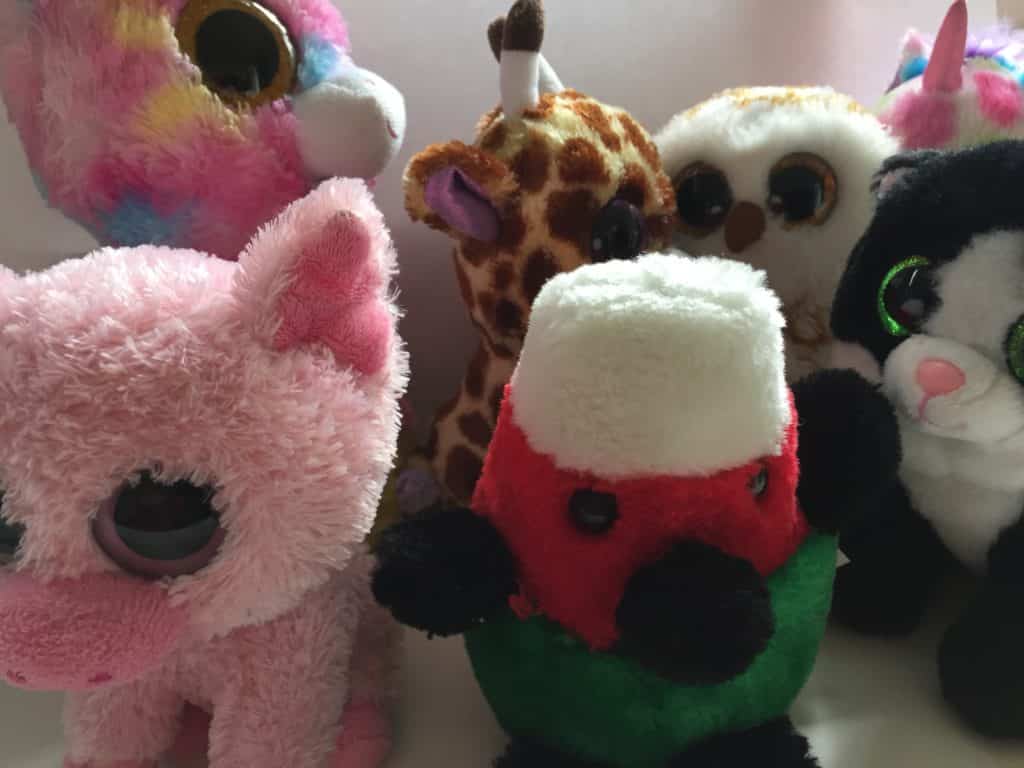Data and Information Literacy
4.2
Focus Tasks
Collect and Sort
There are two main challenges within this element. Firstly, we need to make sure the pupils understand that data can be represented in different ways. Secondly, we have to learn how to gather and sort data.
Different Data
Data can be presented in different ways. For example if we are looking at different dogs we could:
- Have real life dogs of different breeds.
- Have a collection of soft toy dogs.
- Look at printed images of different dogs.
- Look at images or videos of different dogs on a screen
A good way to ensure that your pupils understand the difference is to give them a collection of animal soft toys and pictures of the corresponding real animals. First the pupils should sort them into 'soft toys' and 'photographs'. Then they should pair the soft toy with the picture of the corresponding animal.

Collect and Sort
Ask your pupils to collect a number of objects, some green and some red. After they have collected a few, place two hula hoops on the floor and ask them to place all red objects in one hoop and all green objects in another. Extend the activity by asking them to collect and sort objects with slightly more subtle differences (e.g. leaves from two different trees, things made out of plastic and things made out of paper.)
Enhanced Provision
Sorting Corner
Every week, put a different collection of items in a "Sorting Corner" or 'Sorting Box". You can provide headings for pupils to sort into (e.g. blue/green or fish/bird) or let your pupils choose their own criteria. Remind pupils to take a photo once they've sorted them.
